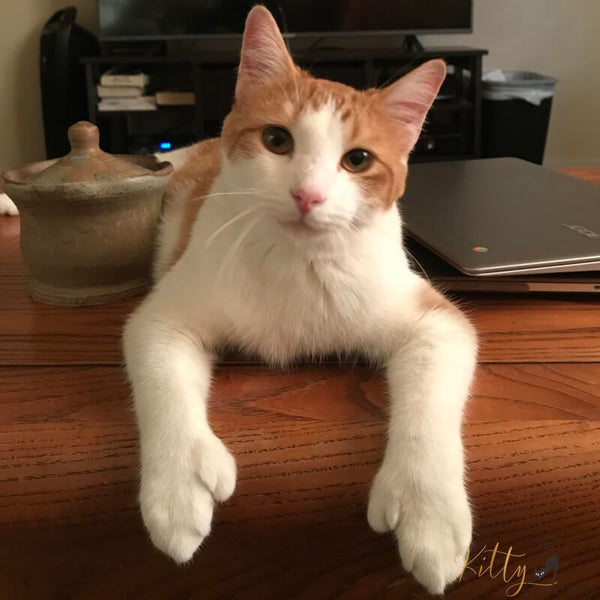

Generally, the east coast of North America and western England and Wales are known to have many digitally gifted cats. A lucky cat was even better! It is thought that this is why there are many old port cities that even now have much higher than average populations of these kitties. Long ago, many sailors believed polydactyl cats brought good luck! Ships often traveled with a cat on board to catch stowaway mice, anyway. Some Parts of the World Have More Thumb Cats Than Others So now, the many-toed offspring of that family line still live today at the Hemingway Museum and are a tourist attraction in their own right. She had kittens with extra toes, then they had kittens with extra toes. Ernest Hemingway was a cat lover whose cat had extra toes. This is fairly common, and the reason for the famous “Hemingway cats” being so frequently associated with the mutation. If one parent is polydactyl, odds are good that at least some of their children will also be polydactyl. Polydactylism is HereditaryĬats with extra toes have them because of a genetic mutation that often results in a dominant gene being shared down a family tree. Stay with us below as we feature two adoptable, digitally-enhanced cats right here in Raleigh who are waiting patiently with our friends at Purr Partners cat rescue for their purrfect forever homes! You’re going to love them. Curious about these many-toed felines? Read on for four interesting facts about them. The origin of the word “polydactyl” is Greek: “poly” means many or multiple and “dactyl” means digits or fingers and toes. We’re talking about cats with extra toes, and they have many names. Polydactyl cats, thumb cats, mitten cats, Hemingway cats, Cardi cats. To this day, the Hemingway house and museum in Key West, Florida, hosts nearly 50 of Snowball’s descendants, about half of whom are polydactyls.4 Facts About Polydactyl Cats aka Thumb Cats Photo CC-BY brownpauĪs most mitten-cat lovers know, author Ernest Hemingway was particularly fond of polydactyl cats that love affair began when a ship captain gave him a white six-toed cat named Snowball. However, some breeders are breeding polydactylism back into the Maine Coon. However, because polydactyly is seen as a defect according to breed standards, it has been largely bred out of Maine Coons destined for the show ring. These days, polydactyly seems pretty evenly spread out among all breeds and non-purebred cats - but at one time, almost 40 percent of Maine Coons were polydactyls. Although they’re awfully cute, it’s a bad idea to breed cats with radial hypoplasia because it will eventually result in cats who have severe disabilities such as underdeveloped or twisted front legs. It causes a cat to be born with numerous extra toes on the paw itself. However, this condition, known as radial hypoplasia, doesn’t just cause extra “thumbs” like the standard polydactyl mutation. There is another condition similar to polydactyly in that it produces extra toes. They also found that polydactyl cats in England had a different genetic variant than those in North America, so it seems that both sides of the polydactyly origin debate are right - even if the North American variant did spread farther than the British and Welsh variant. For a while, researchers believed they’d isolated a single mutation responsible for extra digits on kitty feet, but with more study, they discovered that there are several genes that seem to cause different types of polydactyl mutations. Polydactyly is caused by one of a number of genetic mutations. However, there’s an interesting twist to this folklore when it comes to genetics. Not only that, but the prevalence of polydactyly in various other ports seems to relate to the establishment of trade between those ports and Boston. There is a bit of controversy about whether the mutation originated in North America or in England, but researchers and folklorists generally agree that it spread widely via cats carried on ships originating in Boston.


 0 kommentar(er)
0 kommentar(er)
